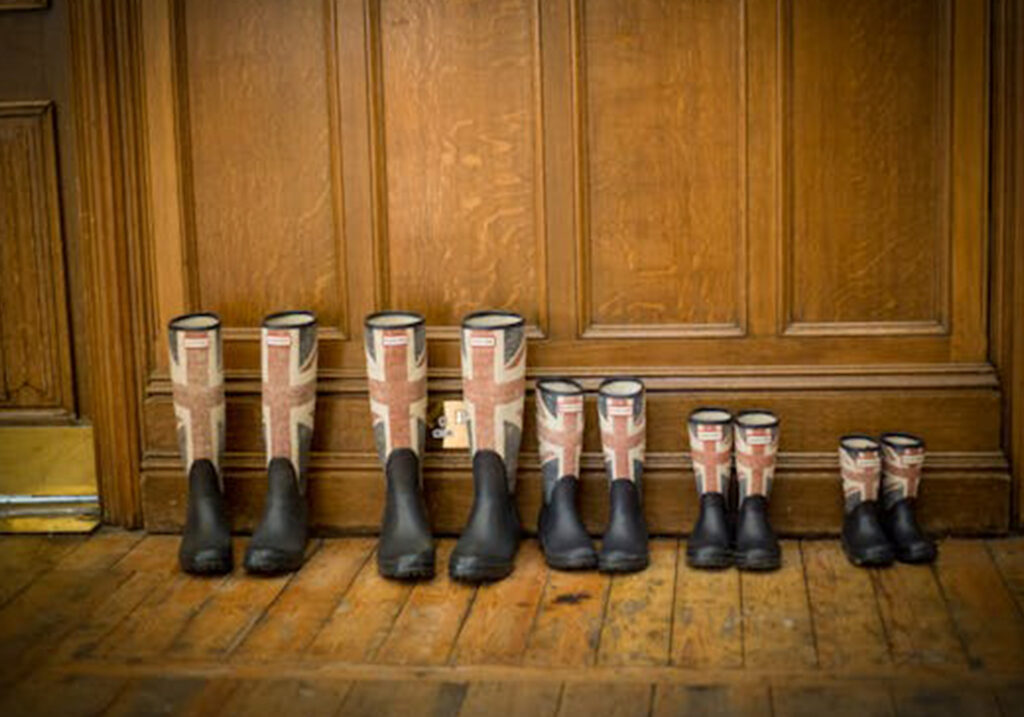Mudrooms can be located in any part of the house, and can come in any shape and sizes. While they are not really traditional rooms, they are certainly nice to have since a well-designed mudroom has several benefits.
And, of course, what better place to put a mudroom than in your garage?
A garage mudroom is a transitional space that bridges the gap between the outdoors and the interior of your home. Usually, mudrooms are designed to be functional areas where family members can remove dirty or wet footwear and outerwear, preventing mud and dirt from being tracked into the house. It also helps prevent clutter.
When integrated into a garage, this space not only serves as a buffer zone but also maximizes the utility of the garage by providing storage and organizational solutions. In this article, we will explore what a garage mudroom is, its benefits, design ideas, and tips for creating a functional and stylish space.
The Purpose of a Garage Mudroom
Keeping Your Home Clean
One of the primary functions of a garage mudroom is to act as a first line of defense against dirt and grime. After a day of outdoor activities, gardening, or even just running errands, shoes can carry a surprising amount of dirt. By having a designated space in the garage to remove shoes and outerwear, homeowners can significantly reduce the amount of cleaning required inside the home. This is especially beneficial for families with children or pets, who are often the biggest culprits when it comes to tracking in mud.
Organization and Storage
A garage mudroom also provides an excellent opportunity for organization. With the right storage solutions, this space can house everything from coats and shoes to sports equipment and gardening tools. Built-in cubbies, hooks, shelves, and benches can help keep items neatly stored and easily accessible. This level of organization not only keeps the garage tidy but also ensures that everything has its place, reducing clutter throughout the rest of the home.
Transition Space
Beyond cleanliness and organization, a garage mudroom serves as a transition space between the outside world and the comfort of your home. It offers a convenient spot to pause and shed the day’s gear before fully entering the living space. This is particularly useful in regions with harsh weather conditions, as it allows for the removal of wet or snowy clothing without bringing the mess inside. Additionally, it can be a practical space for managing items that you need to grab on your way out, such as keys, bags, or umbrellas.
Benefits of a Garage Mudroom
Enhances Home Value
Adding a garage mudroom can increase the overall value of your home. Potential buyers often look for functional spaces that offer both convenience and organization. A well-designed mudroom in the garage can be a selling point, showcasing the home’s attention to practical living solutions. It adds an element of luxury and thoughtfulness that appeals to modern homeowners.
Improves Family Routine
For busy families, a garage mudroom can streamline daily routines. With designated spots for each family member’s belongings, mornings become less chaotic, and there’s no more frantic searching for lost shoes or misplaced backpacks. It fosters a sense of responsibility, as children learn to put away their items in their designated spaces. This organization can lead to a more harmonious household.
Provides Additional Storage
Space is often at a premium in many homes, and a garage mudroom offers valuable additional storage. Whether it’s seasonal clothing, sports gear, or cleaning supplies, this area can be customized to meet your family’s specific needs. By utilizing vertical space with shelves and hooks, you can maximize storage without sacrificing floor space.
Design Ideas for a Garage Mudroom
Built-In Storage Solutions
One of the most effective ways to design a garage mudroom is by incorporating built-in storage solutions. Custom cabinetry, cubbies, and shelving units can be tailored to fit the space and accommodate your specific storage needs. Consider including a combination of open and closed storage to keep frequently used items easily accessible while concealing less attractive items.
Durable Materials
Since the garage mudroom will be exposed to dirt, moisture, and heavy use, it’s important to choose durable materials. Opt for flooring that is easy to clean and resistant to wear, such as tile, vinyl, or sealed concrete. For walls and storage units, consider materials that can withstand moisture and are easy to wipe down. Adding a durable bench with storage underneath can provide a practical spot for putting on and taking off shoes.
Personalization and Style
Just because a garage mudroom is a functional space doesn’t mean it can’t be stylish. Personalize the area with colors, patterns, and decor that reflect your home’s aesthetic. Add a pop of color with painted cabinets or patterned tiles, and include decorative hooks or baskets for a cohesive look. Incorporating elements like a chalkboard wall or family bulletin board can add a personal touch and keep everyone informed of schedules and reminders.
Tips for Creating a Functional Garage Mudroom
Plan the Layout
Before diving into the design process, take time to plan the layout of your garage mudroom. Consider the flow of traffic and how the space will be used daily. Ensure there is enough room to comfortably move around, and think about how to best utilize the available space. For smaller garages, vertical storage solutions and compact designs can make a big difference.
Prioritize Storage Needs
Identify the specific storage needs of your household. Do you need space for sports equipment, pet supplies, or gardening tools? By understanding what items need to be stored, you can design a mudroom that meets those needs effectively. Incorporate a mix of storage options, such as hooks for coats, shelves for shoes, and bins for miscellaneous items.
Maintain Cleanliness
To keep your garage mudroom clean and functional, establish a routine for regular maintenance. Encourage family members to put items away immediately upon entering the home, and set aside time each week to tidy up the space. Adding a doormat or boot tray can help catch dirt and moisture before it spreads, making cleaning easier.
Common Challenges and Solutions
Limited Space
One of the most common challenges in creating a garage mudroom is limited space. However, even small garages can accommodate a functional mudroom with creative design solutions. Utilize vertical space with wall-mounted shelves and hooks, and consider multi-functional furniture like benches with hidden storage. Sliding doors can also save space compared to traditional swinging doors.
Temperature Control
Garages are often not as well-insulated as the rest of the home, which can make garage mudrooms chilly in the winter and hot in the summer. To address this, consider adding insulation to the walls and ceiling of the mudroom area. Installing a space heater or fan can also help regulate the temperature and make the space more comfortable year-round.
Lighting
Garages tend to have limited natural light, which can make the mudroom feel dark and uninviting. Improve the lighting by adding bright, energy-efficient LED fixtures. If possible, incorporate windows or skylights to bring in natural light. Light-colored walls and reflective surfaces can also help brighten the space.
Conclusion
A garage mudroom is a practical and stylish addition to any home, offering numerous benefits from increased organization and storage to enhanced cleanliness and convenience. If you design this transitional space thoughtfully, you can create a functional area that meets your family’s needs while adding value to your property. Whether you have a large garage or a compact space, with the right planning and creativity, a garage mudroom can become an essential part of your home, making daily routines smoother and more enjoyable.

